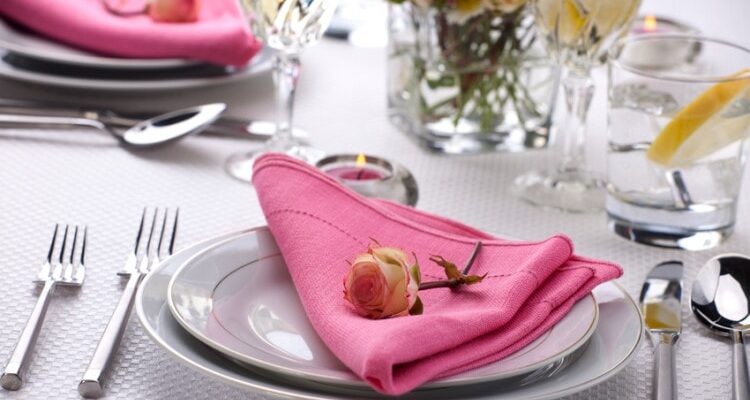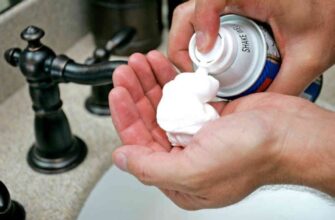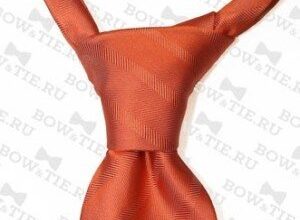Now is the end of November and we have numerous corporate parties and the New Year ahead. There is no doubt that everyone, at least once, will visit the festive table. Knowing the basics of table setting, established manners during a meal and the peculiarities of using various tableware, you can feel at ease in any society and in any restaurant.
Today we will consider the rules of etiquette at the table for men, which should be well learned and must be applied in practice.
How to set the table correctly
The basics of good table setting are the same for any restaurant. The number of serving accessories depends on the variety of dishes for the cafe or restaurant.
Table and snack forks are placed on the left edge of the plate with the cloves up, knives and spoons on the right side. The cutting part of the knife should be turned towards the plate. The dessert fork and spoon are placed horizontally over the main plate.
Opposite the seated person is a large dinner plate, on which there is a plate for snacks, on which a napkin is placed. On the left side of the main plate, above the forks, a small bread plate is placed, on which a rounded butter knife is placed.
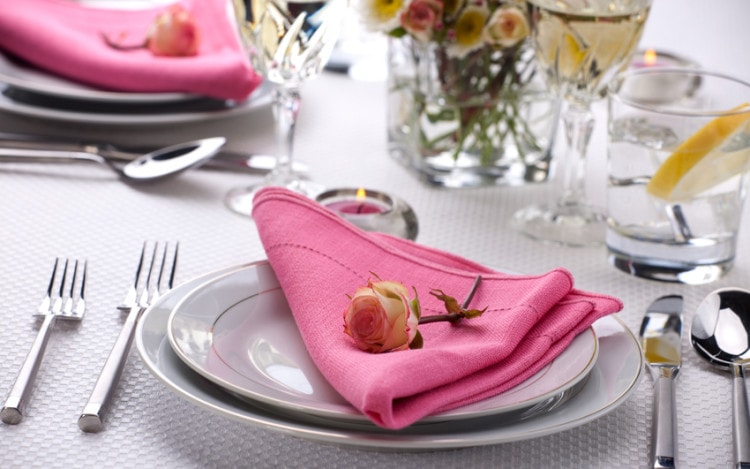 Correctly served table
Correctly served table
If the menu contains dishes that you need to eat with your hands, a small bowl for rinsing your hands, filled with warm water with rose petals or a slice of lemon, is placed diagonally from the pie plate.
Glasses and cups are placed on the right side of the main plate at the top diagonally.
- For red and dry wines, glasses and wine glasses with a slightly rounded shape on a long stem are placed.
- For wines made from white grape varieties – glasses with a smaller volume.
- Dessert wine is served in small rounded glasses.
- Champagne and sparkling wines are poured into tall, narrow glasses.
- For serving liqueurs, cognac, small glasses of different shapes are used.
- Whiskey is served in a special small glass of Old Fashion.
- Small glasses are used for vodka – shot, jigger.
- Soft drinks, juices, mineral water are drunk from tall Highball glasses.
 Dinner table setting scheme
Dinner table setting scheme
Up to four glasses can be installed on the table at the same time.
The color of the tablecloth depends on the type of meal. For everyday serving, the table is covered with a colored tablecloth or a tablecloth with patterns, as long as it is in harmony with the service. For a festive dinner, the table is covered with an elegant white tablecloth.
Rules for using serving devices
In order not to get confused at the sight of a large number of forks, knives and spoons, you need to remember one simple rule – the devices are always laid out in the order in which the dishes will be placed on the table. Therefore, first of all, devices are used that lie at the closest edge of the plate. The spoon and knife are held in the right hand, the fork in the left.
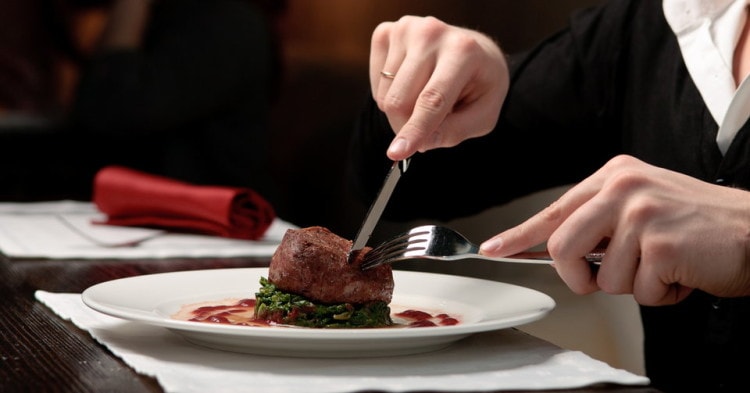 According to the rules of etiquette, a spoon and a knife are held in the right hand, a fork in the left
According to the rules of etiquette, a spoon and a knife are held in the right hand, a fork in the left
Forks are classified into canteens, snacks, dessert, fish.
- The dining room is the largest fork with 4 prongs. It is used for hot meat dishes served with a vegetable side dish.
- A snack fork – like a dining one, has four prongs, but of a smaller size. It is used for appetizers, salads.
- Dessert – a small 3-prong fork for fruit and dessert.
- A fish fork with two crab-like prongs.
Knives as well as forks are divided into dining, dessert, snack and fish. Spoons are distributed to dining, dessert, tea / coffee.
- Canteens are intended for first courses.
- Dessert – smaller spoons for broths, ice cream, desserts.
- Tea / coffee – small spoons for tea, and even smaller spoons for coffee.
In addition to the traditional ones, special devices can lie on the table – a sauce spoon with a side recess, a small sour cream spoon in the shape of a ladle, a serrated steak knife, a salad spoon with slots.
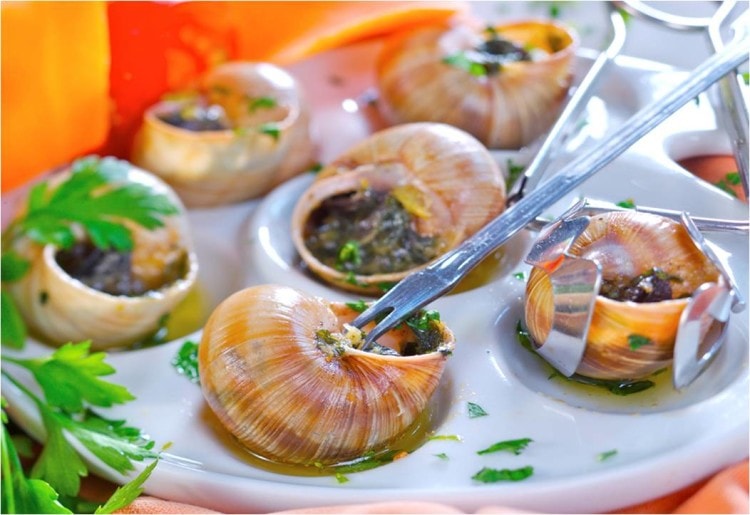 Snail tongs and fork are exotic appliances
Snail tongs and fork are exotic appliances
Devices for exotic dishes:
- tongs and a fork with two sharp teeth for lobster – with tongs they gently break the shell, and with a fork they remove the meat from the claws;
- slightly smaller tongs and fork for snails and oysters;
- caviar spoon, shovel and caviar knife;
- a fork and spatula for asparagus;
- pincers (curved scissors) with notches for game;
- small grape scissors;
- knife grater with round pointed slots for cheese;
- tweezers for refined sugar.
Table behavior
If you are attending lunch or dinner as a guest, and there is no card with your name on the table, do not rush to sit down, wait until the host of the feast himself shows you your place at the table. Sitting down at the table, first move the chair of your companion or lady next door, wait until she sits down, then you can sit down yourself. After the lady chooses the dishes, you can order the man.
After sitting down at the table, first of all, take a napkin from the table, unfold it with a smooth movement of your hands and place it on your lap. Large napkins should be half unfolded. Smaller napkins unfold completely.
If necessary, gently pat your lips with a napkin during lunch. Be sure to blot your lips before drinking. After finishing your meal, roll it up so that the soiled parts are not visible and place it to the left of the plate.
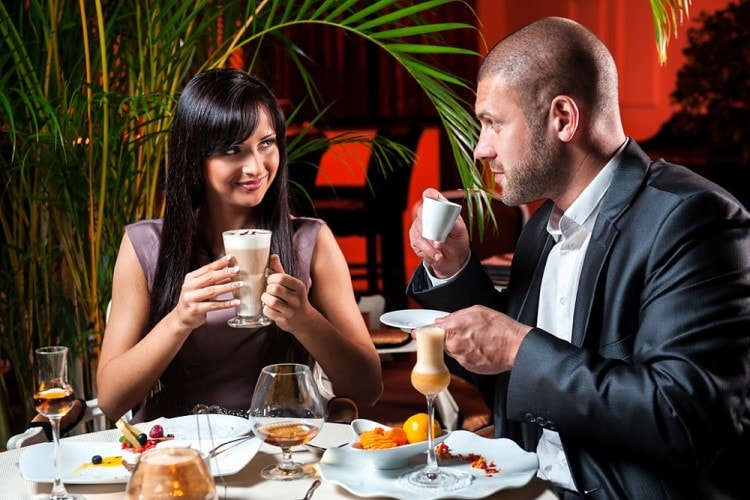 Sit at the table with a straight back
Sit at the table with a straight back
You need to sit during a meal with your back straight, at a distance convenient from the table. The arms bent at the elbows should be level with the cutlery. It is unacceptable to put your elbows on the table, bend over a plate or lean back in a chair.
How to transfer dishes correctly
At the table, it is permissible to reach for dishes that are located at arm's length. If the dish is out of reach, just ask to hand it over.
According to etiquette, all dishes should be passed only from left to right. Dishes with handles (tureens, etc.) are given so that their handle is turned towards the receiving person.
Heavy meals that are difficult to hold are usually placed on the table next to the person to whom they are passed.
If food requires cutting and is passed on a common dish in a circle, each transferor must hold the dish with the dish while the neighbor transfers food from him.
Before putting any dish on your plate, offer it to your neighbor and only then put it on your plate.
Salt and pepper are common ingredients in any meal. Closed salt shakers for salt and pepper must be transferred together, even if you need to transfer one thing. Recently, open salt licks have been popular.
If an open salt shaker stands next to each guest and is individual, the salt can be taken with a special spoon, on the tip of a knife or with a pinch of fingers. Salt from a common salt shaker is taken only with a salt spoon or a clean knife.
 Bread is usually served in a basket
Bread is usually served in a basket
The bread is usually placed on the table in a wicker basket. When taking or slicing bread, use the napkin spread in the basket. First, offer the cut slices of bread to the neighbor on the left, then give the bread basket to the neighbor on the right side. Put the cut bread on a pie saucer.
A butter sandwich should be eaten as follows – cut a small piece from a slice of bread, spread it with butter and send it to your mouth. It is unacceptable to smear butter all over the piece, and then bite off from it.
How to eat correctly
The meal should be started only after the dishes have been brought to the guests and laid out on plates. Eat slowly, but not sluggishly. Pretend you enjoy the food and society. Don't talk with your mouth full. It is better to choose neutral topics for conversation. You should not talk about work, economic crisis, illness. You can tell a beautiful legend about a drink or dish.
If you need to leave the table for a while, apologize to the guests, then you can leave the hall. And don't forget to place your knife and fork in a crisscross position on your plate – this means that you have not finished your meal yet.
 Learn to eat right – so you don't look that way
Learn to eat right – so you don't look that way
At the end of your meal, place your knife and fork in an upright position on a plate. Fork – teeth up, knife – sharp edge to the fork.
When you finish your meal, thank the chef if possible, ending your meal on a positive note.
Awkward situations
We are all human and each of us can have an awkward moment during lunch. Here are some tips to help you get out of an awkward situation with honor.
- If you drop the cutlery, you do not need to bend over and raise it, call the waiter with a gesture and ask to replace the cutlery.
- If you are allergic to the food contained in the dish, quietly explain to the host of the feast the reason for refusing it.
- If you spill or knock something over the tablecloth, ask the waiter to cover the stain with a napkin.
Whatever happens, stay calm, cool, and try to turn the awkward moment into a joke.

